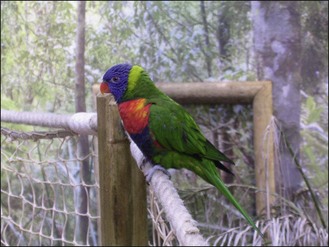1 The exotic pet consultation
Introduction
Exotic pets are different from the more usual domestic pet, not just in their appearance but also in their husbandry requirements. While most owners know the basics of how to keep a dog or cat well fed, many novel/exotic pet owners can be misguided as to the dietary needs of their animal. Many exotic pet species – particularly reptiles – originate from tropical climes with very specific environmental requirements, and, when kept in more temperate regions, necessitate close attention to husbandry details in order to be maintained in good health. For this reason, it is imperative for the exotic pet veterinary practitioner to meticulously investigate the husbandry details of the animal. Many owners are closely bonded with their pets and willing to have extensive veterinary treatments if the animal becomes ill (Fig. 1.1). The history of the problem as noted by the owner should also be assessed comprehensively.
By attaining a sound knowledge of common problems in exotic pet species, the clinician should be able to quickly assess the patient for frequent pathologies. Often, the veterinary clinician identifies a disease process that is not directly related to the problem for which the animal was presented. On some occasions, the animal is presented for a routine health check – particularly with a new pet – and this is an ideal opportunity for the clinician to assess the animal and its living conditions for any potential factors that may predispose to disease in the future. This form of preventative healthcare is to be encouraged among clients – as prevention is eminently preferable to treatment – and many veterinary practices promote ‘well-animal’ checks of exotic species (Fig. 1.2).





